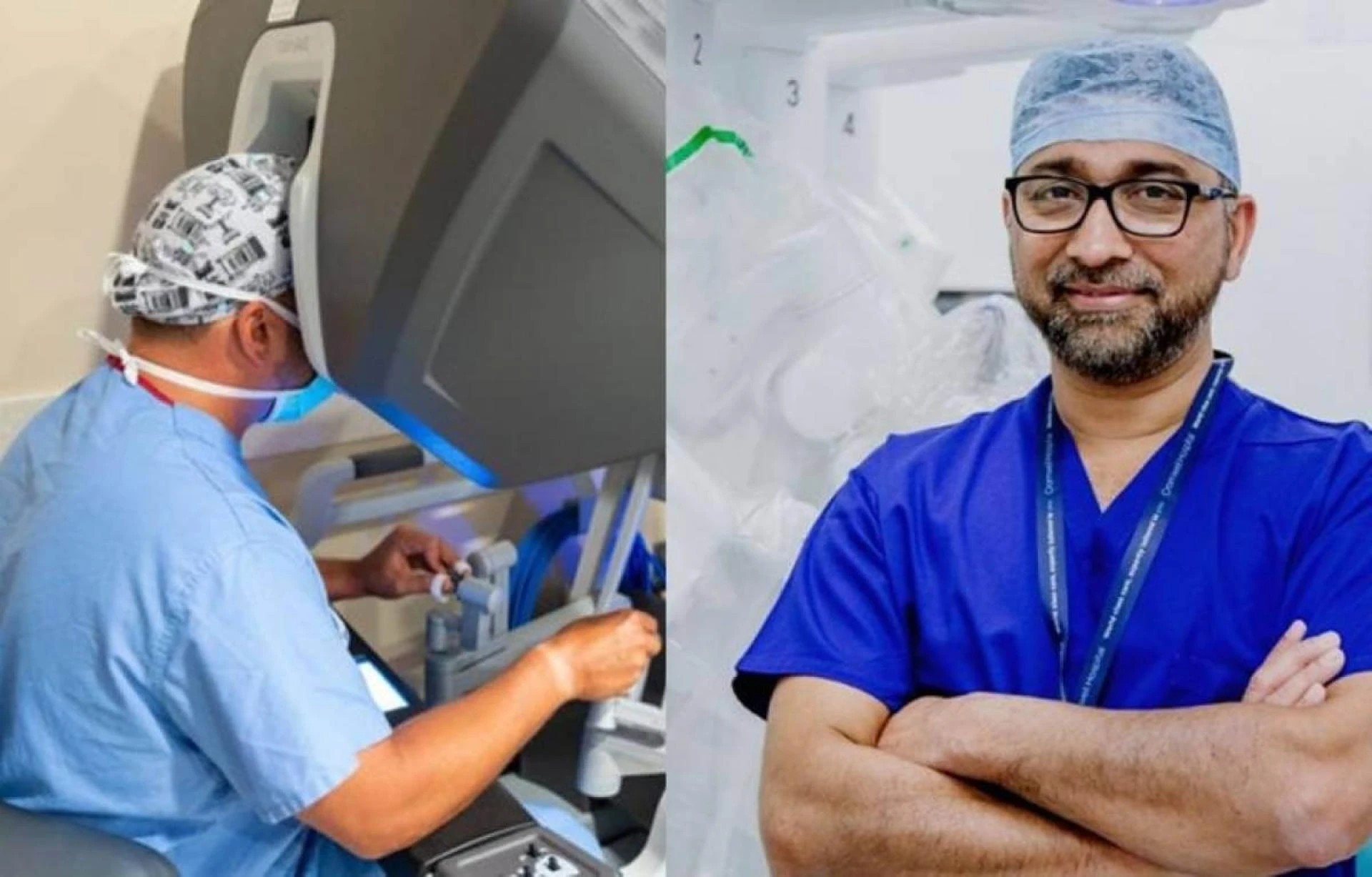Pakistani Surgeon Creates History with 12 Major Robotic Surgeries in a Day: A Milestone in Surgical Innovation
Introduction
In a remarkable feat of surgical prowess, a Pakistani surgeon has etched his name in medical history by successfully performing 12 major robotic surgeries in a single day. This extraordinary achievement showcases a groundbreaking milestone in surgical innovation and highlights the immense potential of robotic-assisted surgery. In this article, we explore the significance of this accomplishment, the advancements in robotic surgery, and the impact it may have on the future of surgical procedures.
The Surgeon\'s Remarkable Feat
The Pakistani surgeon\'s accomplishment of conducting 12 major robotic surgeries in a day is an extraordinary display of skill, precision, and stamina. Robotic-assisted surgery utilizes advanced robotic systems to enhance a surgeon\'s capabilities, allowing for more precise movements, improved visualization, and smaller incisions. This achievement not only demonstrates the surgeon\'s expertise but also emphasizes the immense potential of robotic technology in revolutionizing surgical procedures.
Revolutionizing Surgical Innovation
Robotic-assisted surgery has emerged as a transformative technology in the field of medicine, revolutionizing the way complex procedures are performed. The use of robotic systems provides surgeons with greater dexterity, control, and precision, resulting in improved patient outcomes. From minimally invasive procedures to intricate surgeries, the integration of robotics has the potential to enhance surgical accuracy, reduce complications, minimize patient discomfort, and accelerate recovery times.

Advantages of Robotic-Assisted Surgery
- Enhanced Precision: Robotic systems offer exceptional precision and stability, allowing surgeons to perform intricate maneuvers with greater accuracy, even in confined spaces. This can lead to improved surgical outcomes, reduced risk of complications, and faster patient recovery.
- Improved Visualization: High-definition 3D imaging provided by robotic systems offers surgeons a detailed and magnified view of the surgical site. This enhanced visualization allows for better identification of anatomical structures, precise tissue manipulation, and safer surgical interventions.
- Minimally Invasive Approach: Robotic-assisted surgery often involves smaller incisions, resulting in reduced trauma to the patient\'s body. Smaller incisions can lead to minimal scarring, decreased blood loss, lower risk of infection, and faster postoperative healing.
- Surgeon Ergonomics: Robotic systems are designed to reduce surgeon fatigue by providing ergonomic benefits. Surgeons can operate from a console, utilizing comfortable hand controls and foot pedals, which can contribute to better surgical performance during lengthy procedures.
Future Implications and Possibilities
The achievement of performing 12 major robotic surgeries in a single day not only demonstrates the skill and efficiency of the Pakistani surgeon but also highlights the potential for widespread adoption of robotic-assisted surgery. As technology continues to advance, we can anticipate even more sophisticated robotic systems, improved artificial intelligence integration, and expanded applications in various surgical specialties. The future of surgical innovation appears promising, with robotic-assisted surgery poised to become an integral part of the medical landscape.
Conclusion
The Pakistani surgeon\'s remarkable feat of conducting 12 major robotic surgeries in a day represents a monumental milestone in surgical innovation. It emphasizes the transformative potential of robotic-assisted surgery in improving surgical precision, patient outcomes, and the overall field of medicine. As this groundbreaking technology continues to evolve, it holds the promise of revolutionizing surgical procedures, pushing the boundaries of what is possible, and opening new avenues for advancements in healthcare. The achievement serves as a testament to the power of human skill combined with cutting-edge technology, paving the way for a future where surgical excellence reaches new heights.


